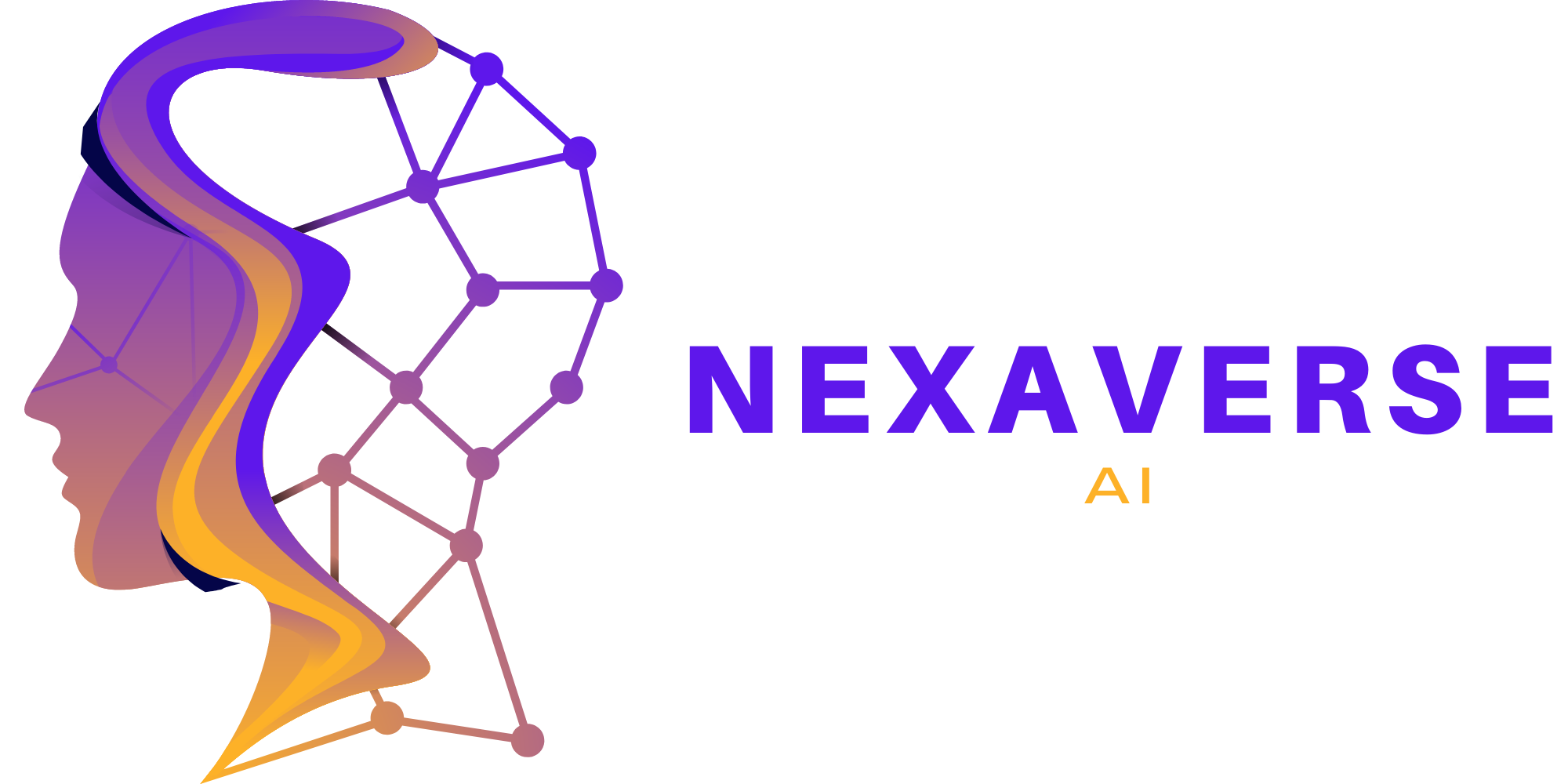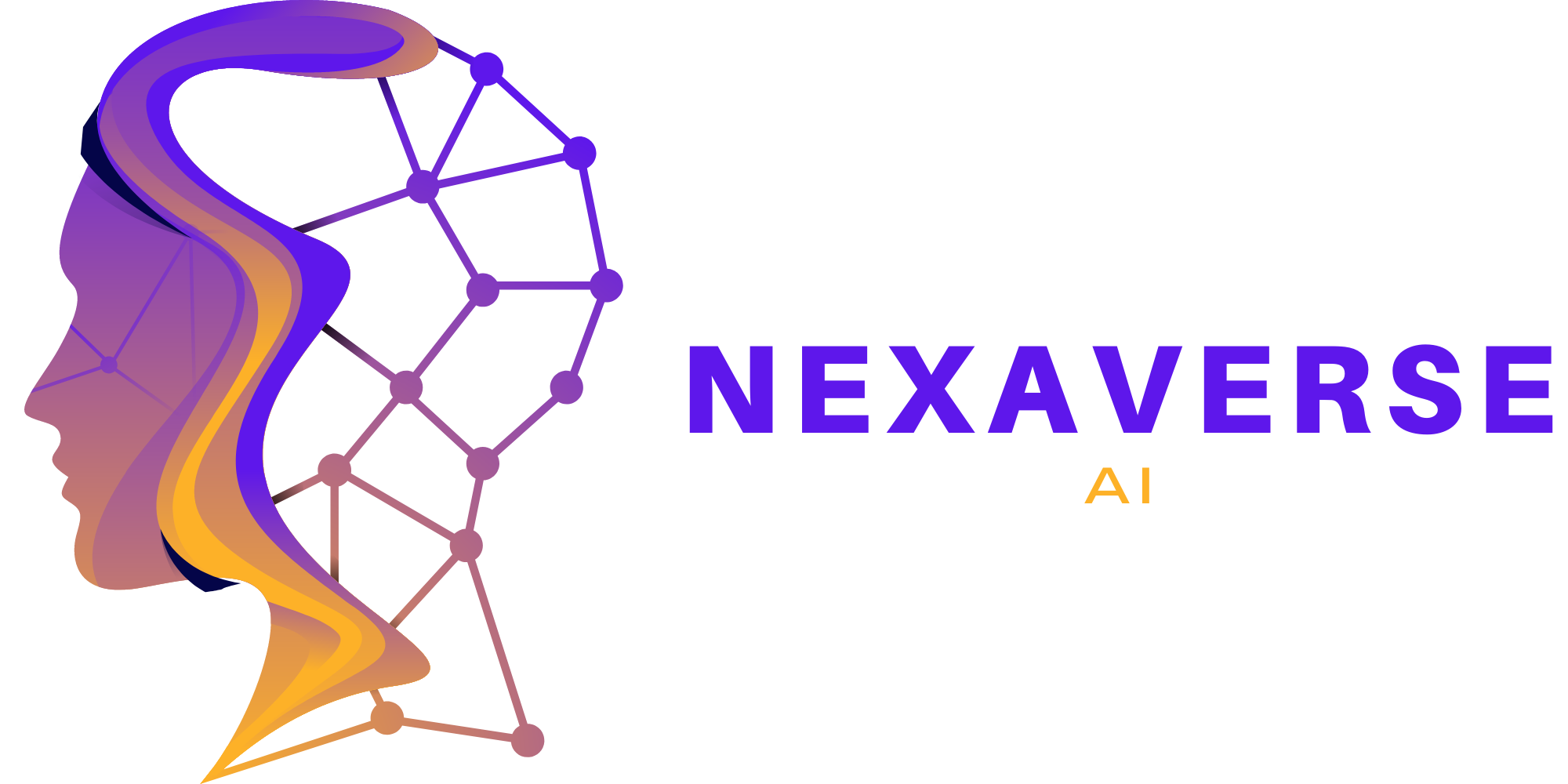Optimizing Efficiency with AI and Automation: Pathways to Business Growth
Learn how to optimize efficiency and drive business growth through AI and automation. Explore strategies for enhancing operational efficiency, driving innovation, improving customer experiences, and overcoming implementation challenges.

Leveraging AI and Automation to Drive Business Efficiency and Growth
In today's fast-paced business landscape, optimizing efficiency is crucial for sustained growth and success. One of the most effective ways to achieve this is by harnessing the power of AI and automation. By automating repetitive tasks, streamlining processes, and leveraging intelligent algorithms, businesses can unlock new levels of productivity and performance.
In this comprehensive guide, we will explore various pathways to business growth through the optimization of efficiency using AI and automation.
Enhancing Operational Efficiency
The first step towards achieving business growth through AI and automation is to enhance operational efficiency. This involves identifying bottlenecks, eliminating redundancies, and automating manual tasks.
By implementing AI-powered systems and tools, businesses can optimize their operations and allocate resources more effectively.
For example, using machine learning algorithms to analyze historical data can help businesses forecast demand more accurately, leading to better inventory management and reduced costs.
Key strategies for enhancing operational efficiency with AI and automation:
- Automating repetitive tasks and workflows
- Implementing intelligent inventory management systems
- Using predictive analytics to optimize resource allocation
- Streamlining communication and collaboration processes
Case Study: How Company X Increased Efficiency with AI-powered Chatbots
Company X, a leading e-commerce retailer, implemented AI-powered chatbots to automate customer support inquiries. By utilizing natural language processing and machine learning algorithms, the chatbots were able to handle a significant portion of customer queries, reducing the workload on human support agents.
This not only improved response times but also freed up agents to focus on more complex customer issues, resulting in higher customer satisfaction and increased efficiency.
Driving Innovation and Agility
Innovation and agility are crucial for staying competitive in today's dynamic business environment. By leveraging AI and automation, businesses can drive innovation by uncovering new insights, automating decision-making processes, and quickly adapting to changing market conditions.
AI-powered analytics and machine learning algorithms enable businesses to analyze vast amounts of data to identify trends, patterns, and opportunities for innovation.
For example, AI can be used to analyze customer behavior data to identify potential upselling or cross-selling opportunities, leading to increased revenue and customer satisfaction.
Key strategies for driving innovation and agility with AI and automation:
- Implementing predictive analytics for market trend analysis
- Using AI-powered recommendation engines for personalized customer experiences
- Automating decision-making processes based on real-time data
- Adopting agile methodologies and iterative development processes
Case Study: How Company Y Achieved Innovation with AI-driven Insights
Company Y, a software development firm, implemented AI-driven insights to enhance their product development process. By analyzing customer feedback, market trends, and competitor data, they were able to identify gaps in the market and develop innovative solutions to meet customer needs.
This proactive approach to innovation not only helped Company Y stay ahead of the competition but also resulted in increased market share and business growth.
Improving Customer Experience
Delivering exceptional customer experiences is paramount for business growth. AI and automation play a significant role in improving customer experiences by personalizing interactions, providing faster response times, and anticipating customer needs.
AI-powered chatbots and virtual assistants enable businesses to provide 24/7 support and instant responses to customer queries.
By analyzing customer data and preferences, AI systems can offer personalized recommendations and tailored experiences, ultimately boosting customer satisfaction and loyalty.
Key strategies for improving customer experience with AI and automation:
- Implementing AI-powered chatbots and virtual assistants for customer support
- Personalizing customer experiences through AI-driven recommendations
- Automating customer feedback collection and analysis
- Anticipating customer needs with predictive analytics
Case Study: How Company Z Enhanced Customer Experience with AI-driven Personalization
Company Z, an online retailer, implemented AI-driven personalization to enhance their customer experience. By analyzing customer browsing behavior, purchase history, and demographic data, they were able to provide personalized product recommendations tailored to each customer's preferences.
This led to increased customer engagement, higher conversion rates, and ultimately, business growth.
Overcoming Challenges and Ensuring Success
While the potential benefits of AI and automation for business growth are immense, there are also challenges and considerations to overcome. It is crucial to address these challenges and ensure a successful implementation.
Key considerations for successful implementation of AI and automation:
- Ensuring data privacy and security
- Fostering a culture of innovation and continuous learning
- Aligning AI initiatives with business goals and strategies
- Building a robust infrastructure to support AI implementation
In conclusion, optimizing efficiency with AI and automation is a vital pathway to business growth. By leveraging the power of AI and automation, businesses can enhance operational efficiency, drive innovation and agility, improve customer experiences, and overcome challenges to ensure success. Embracing these technologies is not only a competitive advantage but also a necessity in today's digital era.
Frequently Asked Questions (FAQs)
Q. How can AI and automation improve operational efficiency?
A. I and automation can improve operational efficiency by automating manual tasks, streamlining processes, and optimizing resource allocation. By eliminating redundancies and using intelligent algorithms, businesses can allocate resources more effectively, reduce costs, and enhance productivity.
Q. What are the benefits of driving innovation with AI and automation?
A. Driving innovation with AI and automation allows businesses to uncover insights, identify trends, and develop innovative solutions. By analyzing vast amounts of data, businesses can make data-driven decisions, identify new market opportunities, and stay ahead of the competition.
Q. How can AI and automation enhance the customer experience?
A. I and automation can enhance the customer experience by personalizing interactions, providing faster response times, and anticipating customer needs. AI-powered chatbots and virtual assistants enable businesses to offer 24/7 support and instant responses, while AI-driven recommendations personalize the customer journey and increase satisfaction.
Q. What are the key challenges in implementing AI and automation?
A. Some key challenges in implementing AI and automation include ensuring data privacy and security, fostering a culture of innovation and continuous learning, aligning AI initiatives with business goals, and building a robust infrastructure to support AI implementation. Overcoming these challenges is crucial for successful implementation and reaping the benefits of AI and automation.
Note: It is important for businesses to carefully evaluate their specific needs and goals before implementing AI and automation solutions. Working with experienced consultants or technology partners can greatly assist in the successful adoption and integration of these technologies.




